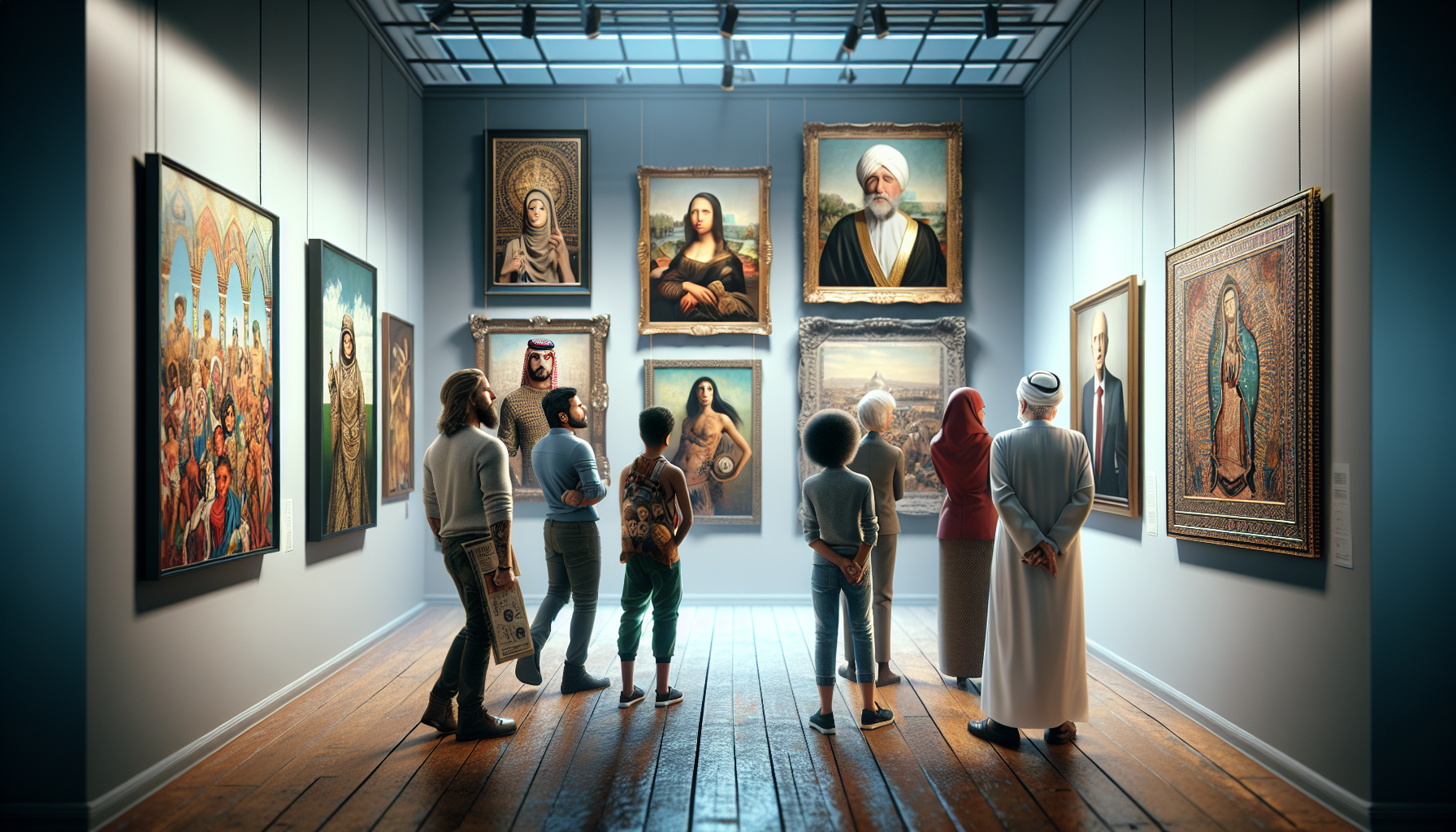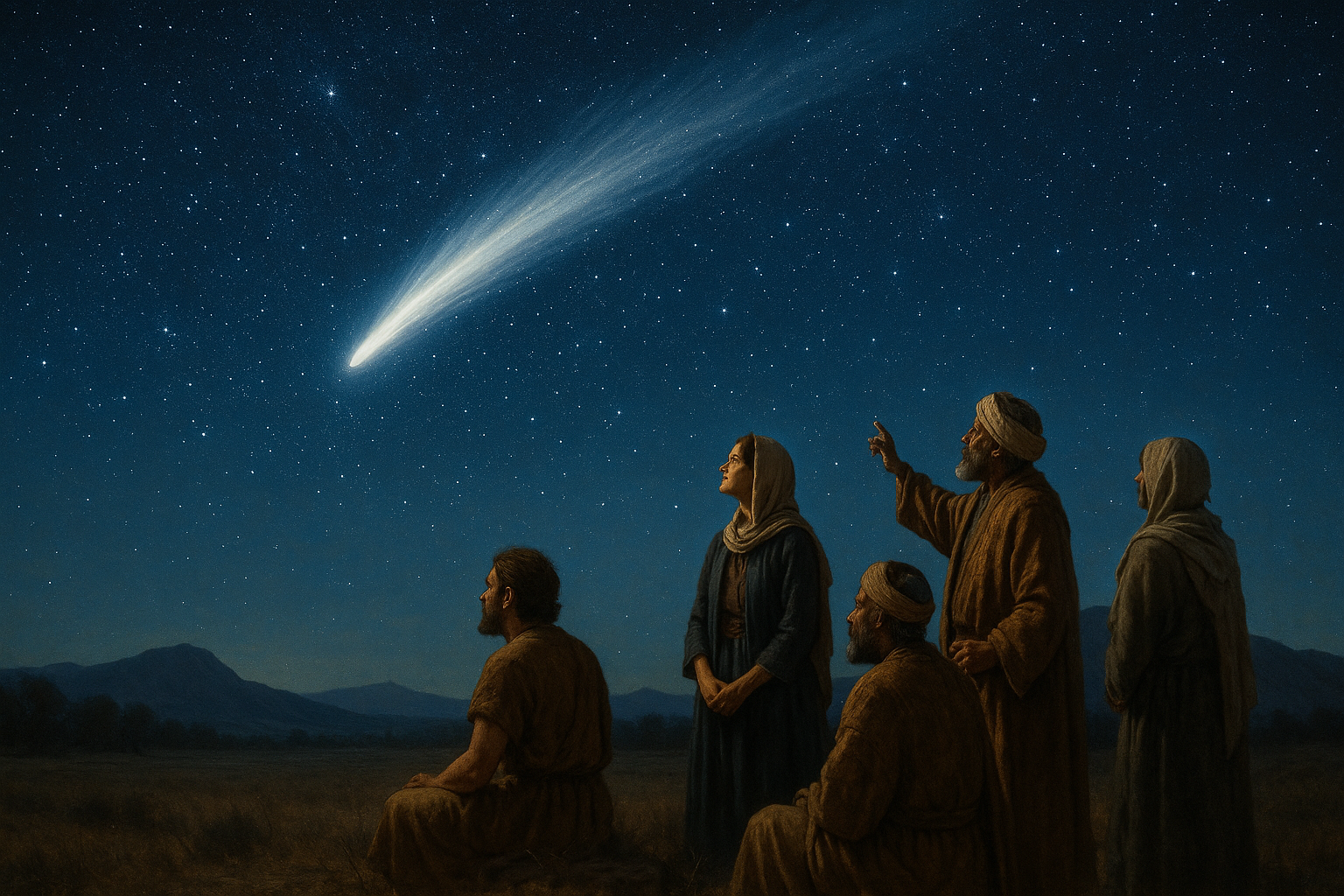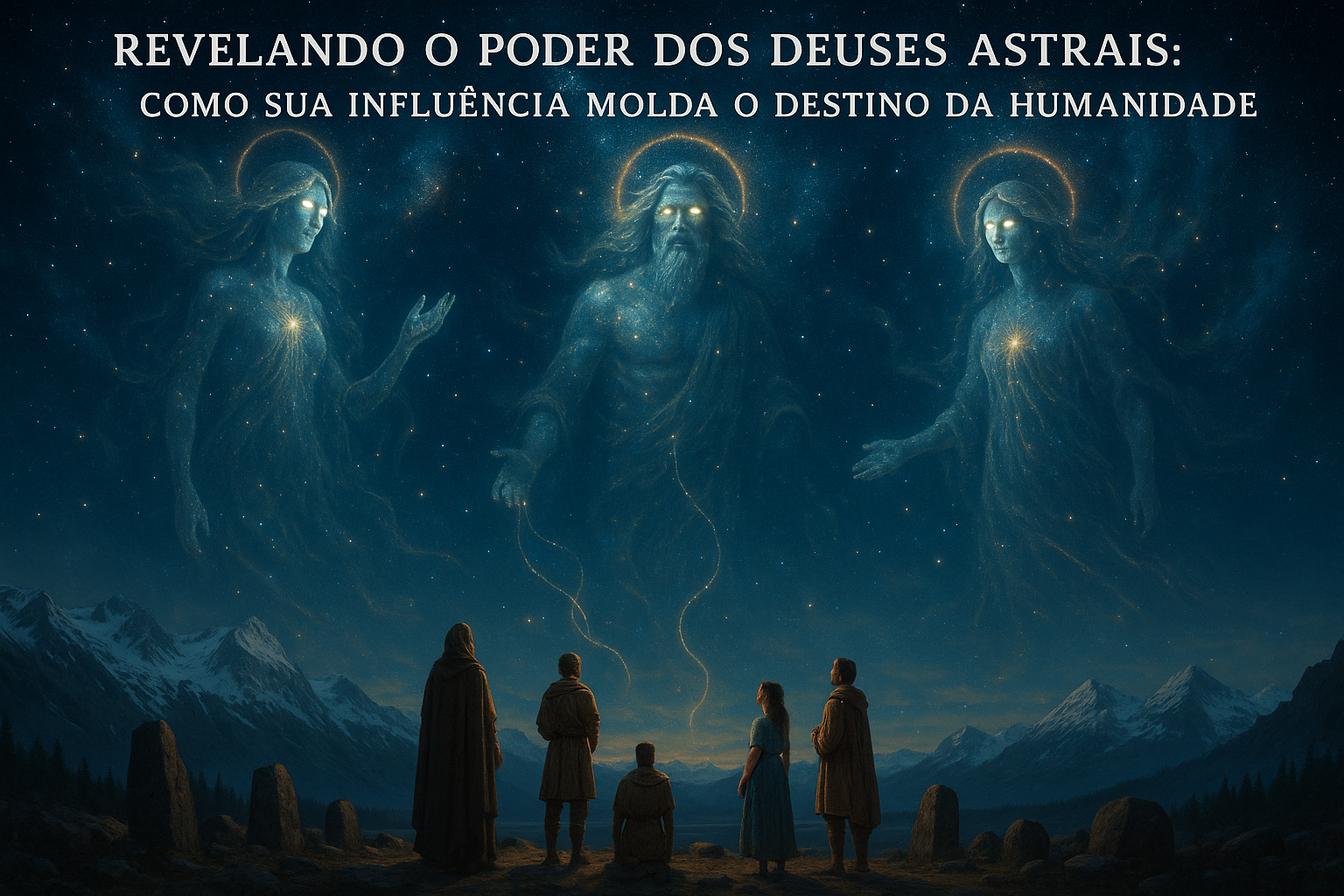In a world saturated with images and symbols, it’s easy to overlook the profound impact that art and iconography have on our daily lives. Yet, whether we realize it or not, these visual elements are constantly shaping our perceptions, beliefs, and even our identities. From the timeless allure of a classic painting to the instantly recognizable logos that populate our digital spaces, art and iconography wield a remarkable power to influence culture. They are not merely passive reflections of society; they actively participate in the dialogue, challenge norms, and inspire change. 🎨✨
The journey of art as a cultural influencer is a tale as old as civilization itself. Iconography, with its roots deeply embedded in religious and historical contexts, has long been a vehicle for conveying powerful messages. Consider the Renaissance period, where art not only reflected the societal shifts of the time but also propelled them. Artists like Leonardo da Vinci and Michelangelo created works that questioned the status quo and opened new realms of thought, bridging the gap between the divine and the human experience. Fast forward to the modern era, and you’ll find that art continues to push boundaries and redefine what is possible, urging us to see the world through new lenses. In this blog, we will explore how these visual elements serve as conduits for cultural and personal identity formation.
As we delve deeper, we’ll examine the role of art in social movements, where its capacity to galvanize and unite is unparalleled. The vibrant posters of the 1960s civil rights movement and the striking street art of contemporary protests serve as testaments to art’s enduring power to inspire action and evoke emotion. We will discuss how art provides a voice to the marginalized and becomes a tool for resistance and empowerment. Through the lens of iconography, we’ll analyze how symbols—be they flags, logos, or digital avatars—carry meanings that transcend language and geography, creating a shared sense of belonging or, at times, division.
In addition to its societal impact, art profoundly affects our personal identities. It is a mirror reflecting our innermost thoughts and a canvas on which we project our dreams and fears. By engaging with art, we engage with ourselves, gaining insights into our values and aspirations. We’ll explore how the art we surround ourselves with, from the music we listen to, the films we watch, to the architecture we admire, becomes an extension of who we are. As we navigate this intricate relationship between art, iconography, and identity, we will uncover the subtle yet powerful ways in which these elements shape not just the world around us, but the world within us. 🌍💫
Understanding the Influence of Art and Iconography
Art and iconography have always played a significant role in shaping societies, serving as powerful tools for communication and expression. From ancient cave paintings to contemporary street art, visual representations have the power to convey complex messages and evoke emotional responses. The influence of art extends beyond aesthetics; it permeates our cultural, social, and political landscapes, shaping our beliefs, values, and identities.
Throughout history, art has been used to document and interpret the human experience. In the ancient world, iconography was employed to depict deities, heroes, and historical events, often serving religious or ceremonial purposes. These images not only provided insight into the beliefs and practices of a culture but also helped to solidify communal identities and traditions. As societies evolved, so too did their artistic expressions, reflecting changes in political power, technological advancements, and cultural exchange.
In modern times, art continues to be a medium through which individuals and communities explore and assert their identities. The rise of digital media and the internet has democratized art, allowing for greater accessibility and participation. Artists from diverse backgrounds are now able to share their work on global platforms, challenging dominant narratives and fostering cross-cultural dialogue. As we engage with art in various forms, we are constantly negotiating and redefining our sense of self and belonging. 🎨
The Role of Iconography in Cultural Identity
Iconography, a system of visual imagery and symbols, plays a critical role in shaping cultural identity. It functions as a visual language, conveying specific meanings and values that are understood within a particular cultural context. Iconography can be found in religious art, national symbols, and popular media, all of which contribute to the construction and reinforcement of collective identities.
Religious iconography, for instance, has been instrumental in conveying spiritual beliefs and practices. Icons such as the Christian cross, the Hindu Om, or the Islamic crescent moon serve as powerful symbols of faith, providing believers with a sense of connection and community. These images are not only objects of veneration but also serve as visual narratives that convey moral and ethical teachings.
In the realm of popular culture, iconography is often used to create and perpetuate cultural myths and stereotypes. Characters and symbols in movies, television, and advertising can shape perceptions of gender, race, and nationality, influencing how we see ourselves and others. As consumers of media, we must remain critical of the images we encounter and consider their impact on our cultural identities.
Table: Examples of Iconography and Their Cultural Significance
| Icon | Culture | Significance |
|---|---|---|
| Christian Cross | Christianity | Symbol of faith and salvation |
| Yin-Yang | Taoism | Balance and harmony in the universe |
| American Flag | United States | National pride and freedom |
Take a moment to reflect on the images you encounter daily. How do they shape your understanding of culture and identity? 🤔
Art as a Catalyst for Social Change
Art has long been a catalyst for social change, providing a platform for marginalized voices and challenging the status quo. Through creative expression, artists can raise awareness of social issues, inspire empathy, and mobilize collective action. Whether through protest art, political satire, or community murals, art has the power to ignite conversations and drive societal transformation.
Throughout history, artists have used their work to address issues of inequality, injustice, and human rights. The Harlem Renaissance of the early 20th century, for instance, saw African American artists and writers use their talents to challenge racial discrimination and celebrate black culture. Similarly, the feminist art movement of the 1970s sought to confront gender stereotypes and advocate for women’s rights.
Today, art continues to be an essential tool for activism. In the digital age, social media platforms have amplified the reach of activist art, allowing it to transcend geographical boundaries and engage global audiences. Hashtags, viral campaigns, and digital art collectives have become integral to contemporary social movements, harnessing the power of visual culture to effect change.
For a deeper dive into how art influences social movements, watch the video below:
The Intersection of Art and Technology
The intersection of art and technology is an ever-evolving landscape that continues to push the boundaries of creativity and innovation. With advancements in digital tools, artists are exploring new mediums and techniques, transforming the way art is created, distributed, and experienced. From virtual reality installations to blockchain-based art markets, technology is reshaping the art world in profound ways.
One of the most significant developments in recent years is the rise of digital art and non-fungible tokens (NFTs). NFTs have revolutionized the art market by enabling artists to tokenize their work, creating unique digital assets that can be bought, sold, and traded on blockchain platforms. This innovation has not only opened up new revenue streams for artists but also challenged traditional notions of ownership and authenticity.
Virtual and augmented reality technologies are also expanding the possibilities of artistic expression. Artists are creating immersive experiences that transport audiences to new worlds, blurring the line between reality and imagination. These technologies offer new opportunities for storytelling and engagement, allowing viewers to interact with art in ways that were previously unimaginable.
Table: Emerging Technologies in the Art World
| Technology | Application | Impact |
|---|---|---|
| NFTs | Digital art sales | Redefines ownership and monetization |
| Virtual Reality | Immersive art experiences | Enhances viewer engagement |
| Artificial Intelligence | Generative art | Expands creative possibilities |
As technology continues to evolve, so too will its impact on the art world. Stay curious and explore the ever-changing landscape of art and innovation. 🌐

Conclusion
The exploration of “The Power of Influence: How Art and Iconography Shape Our Culture and Identity” has taken us on a compelling journey through the transformative effects of visual representation throughout history. We’ve delved into how art transcends mere aesthetics, acting as a dynamic force that influences societal values, norms, and personal identity. By examining various historical epochs and artistic movements, we have come to understand the profound impact of art and iconography on both collective and individual consciousness.
At the heart of this discussion is the recognition that art is more than just a reflection of culture; it is a catalyst for change and a repository of shared human experience. From the ancient cave paintings that served as the earliest forms of communication to the avant-garde movements that challenged societal conventions, art has consistently been a medium through which humanity expresses its deepest fears, hopes, and aspirations. Iconography, in particular, with its symbolic representations, plays a crucial role in shaping our perceptions and beliefs, often becoming intertwined with the identity of societies and individuals alike.
Throughout the article, we’ve highlighted key examples, such as the Renaissance period, which saw a rebirth of classical ideals and a profound influence on Western culture. Artists like Leonardo da Vinci and Michelangelo not only pushed the boundaries of artistic technique but also contributed to a broader understanding of human potential and intellectual pursuit. Similarly, the impact of modern art movements, such as Impressionism and Surrealism, challenged traditional perspectives and invited audiences to see the world through new lenses, thus influencing cultural narratives and individual self-expression.
Furthermore, we explored contemporary art and digital media’s role in shaping modern identity. In today’s interconnected world, where digital platforms allow for instantaneous sharing and consumption of visual content, art continues to wield its influence, perhaps more powerfully than ever before. Social media and digital art have democratized the creation and dissemination of iconography, enabling diverse voices and narratives to emerge. This shift not only reflects the globalized nature of modern culture but also highlights the ongoing dialogue between art and identity in an ever-evolving landscape.
The power of art and iconography is also evident in their ability to foster empathy and understanding among disparate groups. By providing insights into different cultural experiences and historical contexts, art can bridge divides and promote a sense of shared humanity. This potential for connection and empathy underscores the importance of supporting artistic endeavors and ensuring diverse representation within the art world.
As we conclude this exploration, it is essential to underscore the importance of art and iconography in shaping our cultural and personal landscapes. Art serves as a mirror reflecting societal values while simultaneously acting as a hammer with which to shape them. It is a testament to human creativity and resilience, a powerful tool for communication and transformation.
We encourage you, the reader, to reflect on the role that art plays in your own life and community. Consider how the visual elements you encounter daily influence your perceptions, beliefs, and identity. Engage with art in its various forms, whether through visiting galleries, exploring online collections, or creating your own works. Share your thoughts and experiences with others, fostering a dialogue about the power of art in shaping our world.
Moreover, we invite you to comment on this article and share it within your networks to further the conversation about the vital role of art and iconography in cultural and identity formation. Your insights and perspectives are invaluable to this ongoing dialogue.
In a world where division often seems more prevalent than unity, let us harness the unifying power of art to build bridges and deepen our understanding of one another. As we move forward, may we continue to celebrate and nurture the creative expressions that define our cultures and identities, recognizing them as essential components of our shared human heritage. 🌍🎨
Thank you for embarking on this journey with us. We look forward to hearing your thoughts and continuing this important conversation.
For further reading, you may explore the following sources:
– “The Story of Art” by E.H. Gombrich: Amazon Link
– “Ways of Seeing” by John Berger: Penguin Books
– “Art in Theory 1900-2000: An Anthology of Changing Ideas” by Charles Harrison and Paul Wood: Wiley Online Library
Toni Santos is a visual storyteller and cosmic interpreter whose work illuminates the ancient skywatchers and their prehistoric astronomy—the profound ways early humans observed and revered the heavens before written history. Through a visionary lens, Toni explores how the stars, planets, and celestial cycles shaped myth, ritual, and survival in cultures lost to time.
Rooted in a fascination with archaic observatories, stone alignments, and celestial symbolism, Toni’s creative journey reveals the deep human impulse to understand and harmonize with the cosmos. From lunar phases guiding planting seasons to the sacred paths of the Milky Way, each of his works embodies the awe and knowledge encoded in the night sky.
Combining artistic craftsmanship with archaeological insight, Toni’s pieces evoke the mystery and precision of prehistoric astronomers. His work does more than depict—it channels the timeless dance between earth and sky, bridging ancient wisdom with contemporary wonder.
As the visionary behind Vizovex, Toni shares curated visuals, essays, and symbolic studies that invite others to reconnect with the cosmic heritage written in stone and starlight. His creations are a call to look upward, to listen to the silent stories told by the stars, and to honor the first astronomers who mapped the heavens with reverence and ingenuity.
His work is a tribute to:
The celestial wisdom of prehistoric peoples
The sacred geometry of ancient observatories
The enduring bond between human culture and the cosmos
Whether you’re a stargazer, a scholar of ancient mysteries, or someone captivated by the universe’s earliest storytellers, Toni welcomes you to journey through a space where the sky is both map and myth—one constellation, one ritual, one revelation at a time.




